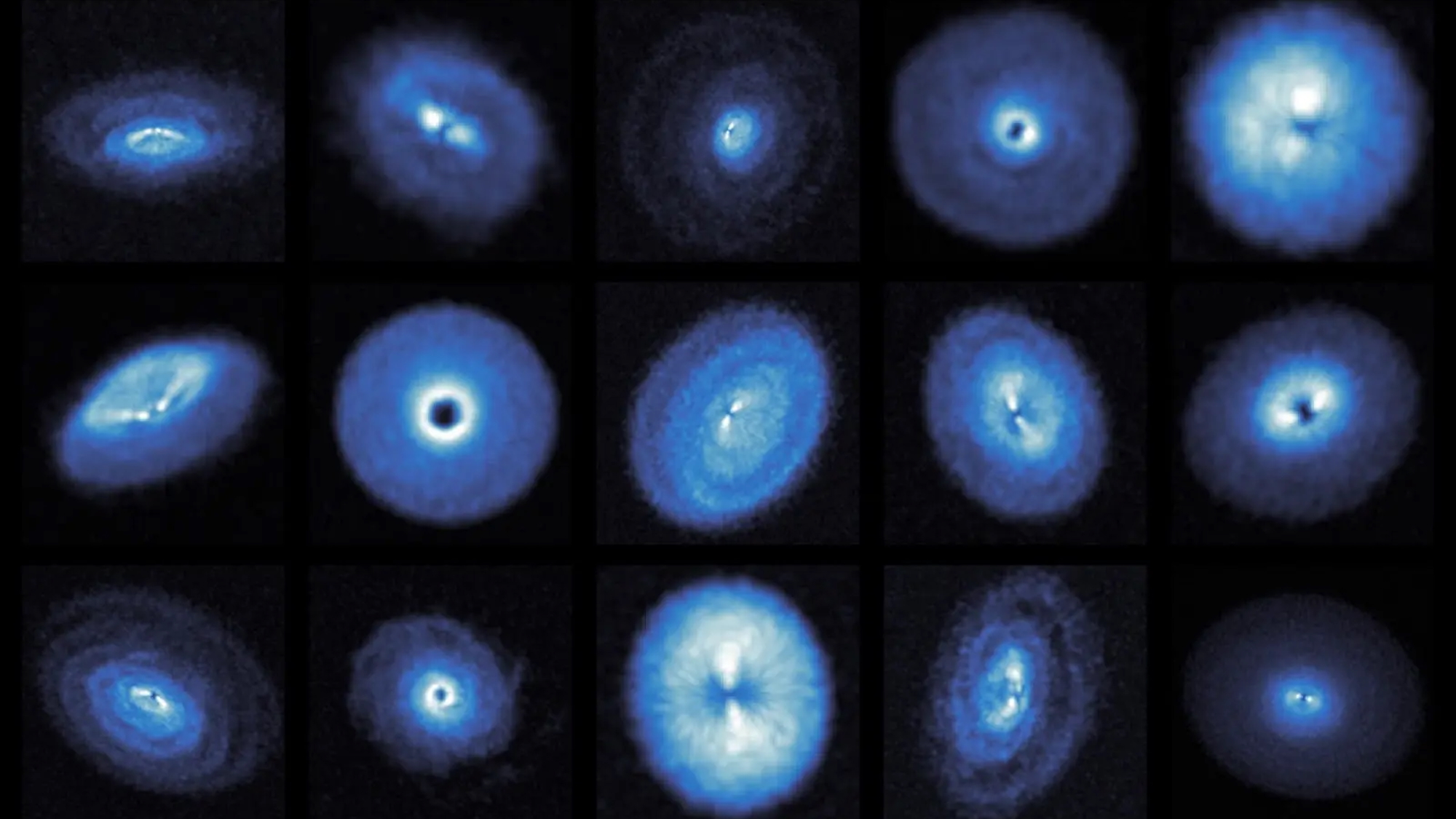Now Reading: Scientists Unveil Unprecedented Details of Distant Planets
-
01
Scientists Unveil Unprecedented Details of Distant Planets
Scientists Unveil Unprecedented Details of Distant Planets

Quick Summary
- A recent study by the exoALMA project has produced highly detailed images of protoplanetary disks within 15 young star systems, located 100 to 1,000 light-years from Earth.
- The Atacama Large Millimeter/submillimeter Array (ALMA) in Chile was utilized to observe how potential planets affect surrounding cosmic structures rather than directly observing planets themselves.
- The research improved observational techniques by aligning time-separated data and reducing distortions, which enhanced image clarity.
- observations revealed intricate three-dimensional gas morphologies,including gaps,rings,spirals,and vortices caused by planetary influences on surrounding dust and gas.
- These findings shed light on dynamic relationships between galactic dust and gas within planet-forming environments.
Indian Opinion Analysis
The systemic study of protoplanetary disks provides valuable insights into the formation of planets-a process critical to understanding the origins of both our solar system and extraterrestrial worlds. With India actively expanding its space research capabilities through ISRO projects and international collaborations like joint missions with NASA or participation in global moon exploration programs, breakthroughs such as this pave the way for future expertise sharing. Enhanced results like these enrich humanity’s collective astronomical knowledge base while presenting opportunities for India’s scientific community to contribute toward deeper investigations into planet formation models.

























